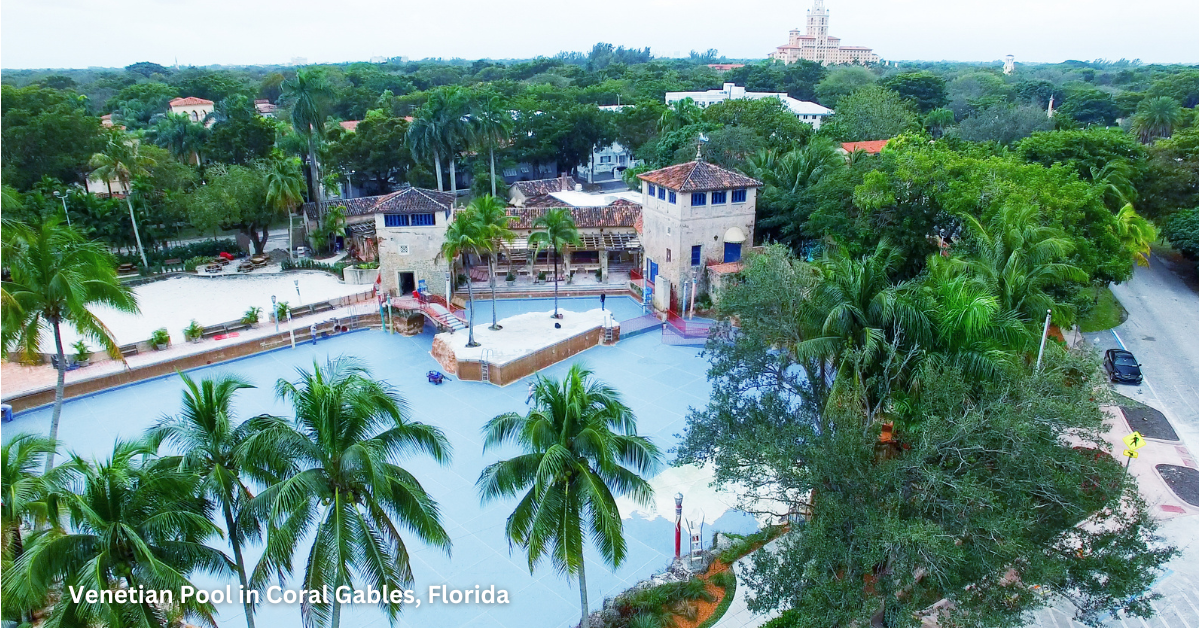Famous Artists from Key West: The Creatives Who Shaped the Conch Republic
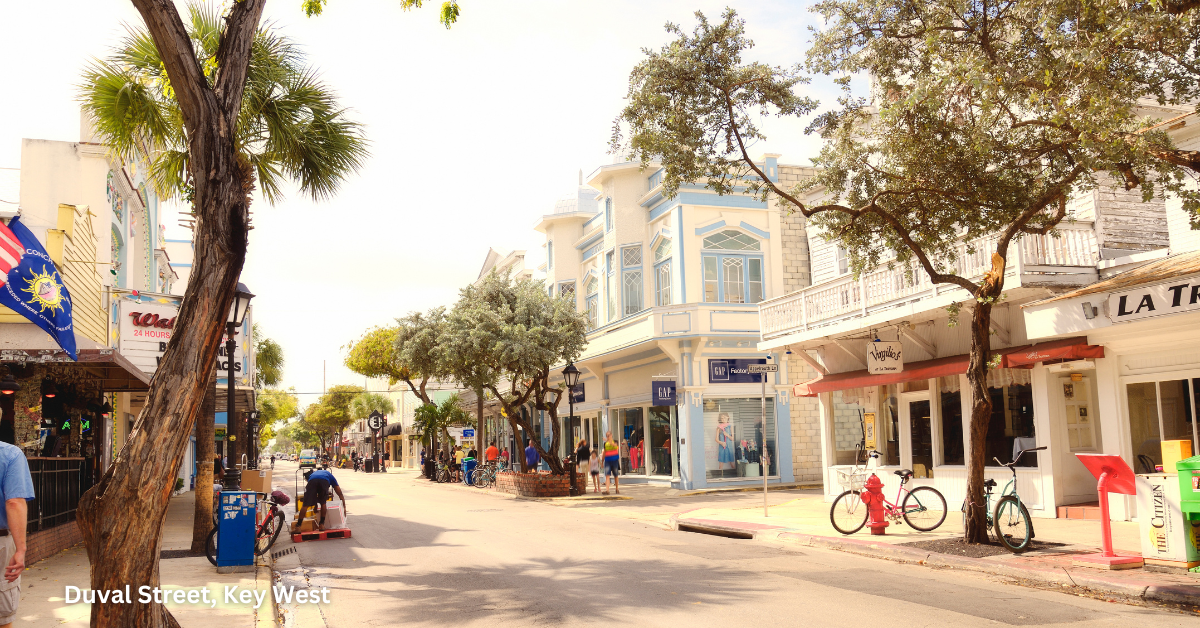
Have you ever wondered what Key West was like in its golden age—before the cruise ships, the tourist trolleys, and the Instagram filters? Step back in time to an island that felt like the last outpost of true freedom, where the restless and the rebellious came to disappear or reinvent themselves. In Hemingway’s day, Key West was a sun-drenched refuge for bootleggers, fishermen, and wandering souls who found solace in its salty breeze and endless horizon. Artists and writers gathered in waterfront bars, swapping stories over rum-soaked nights, while painters captured the island’s raw beauty in sun-faded pastels. It was a place where time slowed, creativity flourished, and rules were more like suggestions. But what was it about Key West that drew some of the greatest minds of the 20th century to its shores? Let’s explore the artists who found their muse in this untamed paradise.
1. Ernest Hemingway – The Literary Legend
When you think of Key West’s artistic legacy, Ernest Hemingway is the first name that comes to mind. The Nobel Prize-winning author lived on the island in the 1930s, writing some of his most famous works, including To Have and Have Not, his only novel set in the United States. Inspired by Key West’s seafaring culture and colorful locals, the book captures the struggles of working-class life during the Great Depression. Hemingway’s love for the island’s fishing scene, particularly his time aboard Pilar in the Gulf Stream, also influenced his later works, including The Old Man and the Sea, which earned him a Pulitzer Prize. Today, his legacy lives on at the Ernest Hemingway Home & Museum, where visitors can walk through his writing studio, meet the famous six-toed cats that roam the grounds, and experience the island that shaped one of America’s greatest literary figures.
Key West continues to honor Hemingway’s influence through the annual Hemingway Days Festival, a weeklong celebration that draws visitors from around the world. Literary enthusiasts, anglers, and admirers of the writer gather for readings, a marlin fishing tournament, and the famous Hemingway Look-Alike Contest at Sloppy Joe’s Bar, one of his favorite haunts. His presence remains deeply woven into the island’s cultural fabric, ensuring that both his literary legacy and adventurous spirit endure in the very place that shaped him.
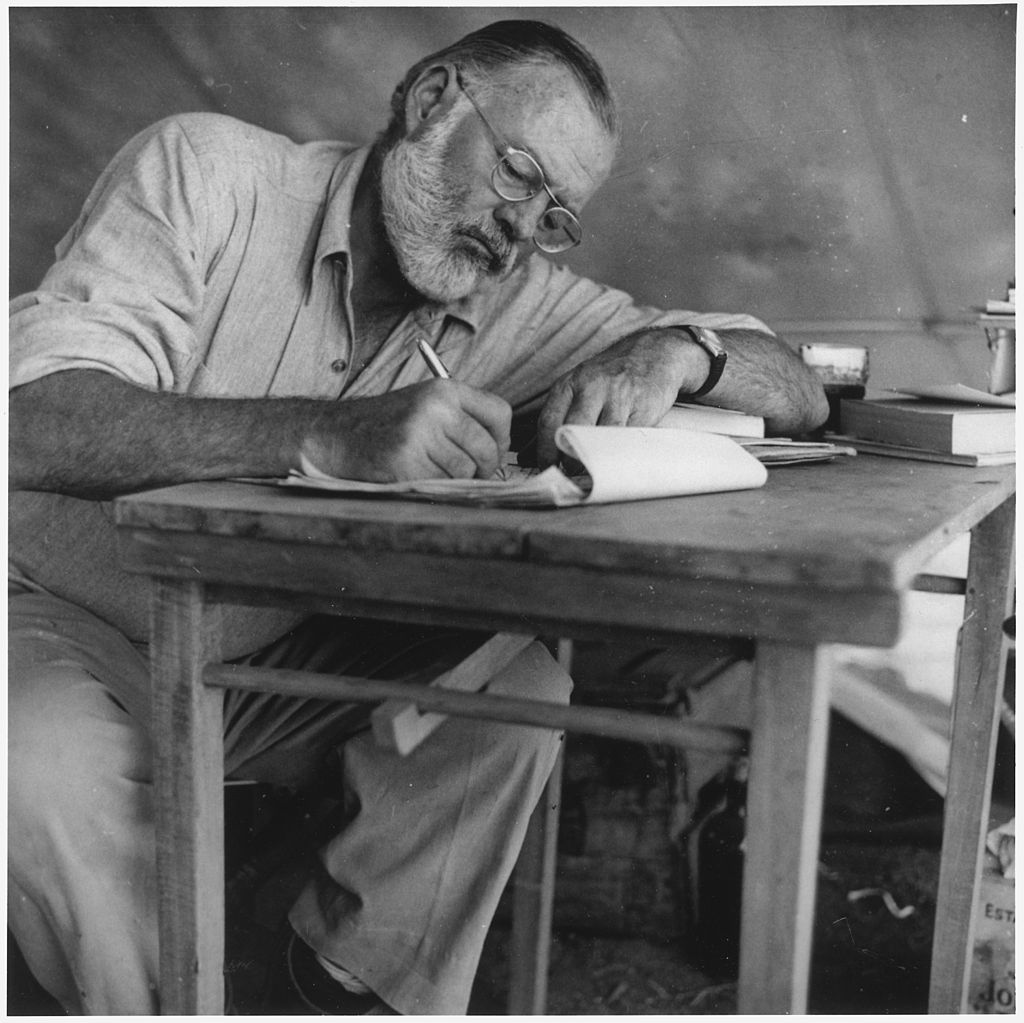
2. Tennessee Williams – Master of American Theater
Playwright Tennessee Williams, known for A Streetcar Named Desire and Cat on a Hot Tin Roof, made Key West his retreat for over three decades, drawn to its tranquil yet vibrant atmosphere. While much of his best-known work was written before his time on the island, he often credited Key West as his sanctuary—a place where he could find peace, inspiration, and a sense of belonging away from the pressures of fame. Unlike Hemingway, whose time in Key West was filled with larger-than-life adventures, Williams lived a quieter life on the island, swimming daily at South Beach and writing in solitude.
His presence became an integral part of Key West’s literary and artistic identity, and he maintained a deep connection to the community. He was known to attend local theater productions, support aspiring playwrights, and even contribute to local publications. Today, his impact is honored at the Tennessee Williams Museum, where fans can explore memorabilia, including his personal typewriter and rare photographs, and learn about his influence on American theater. The island also celebrates his legacy each March with the Tennessee Williams Birthday Celebration, featuring film screenings, poetry contests, and theatrical performances, ensuring that his creative spirit remains a vital part of Key West’s cultural heritage.
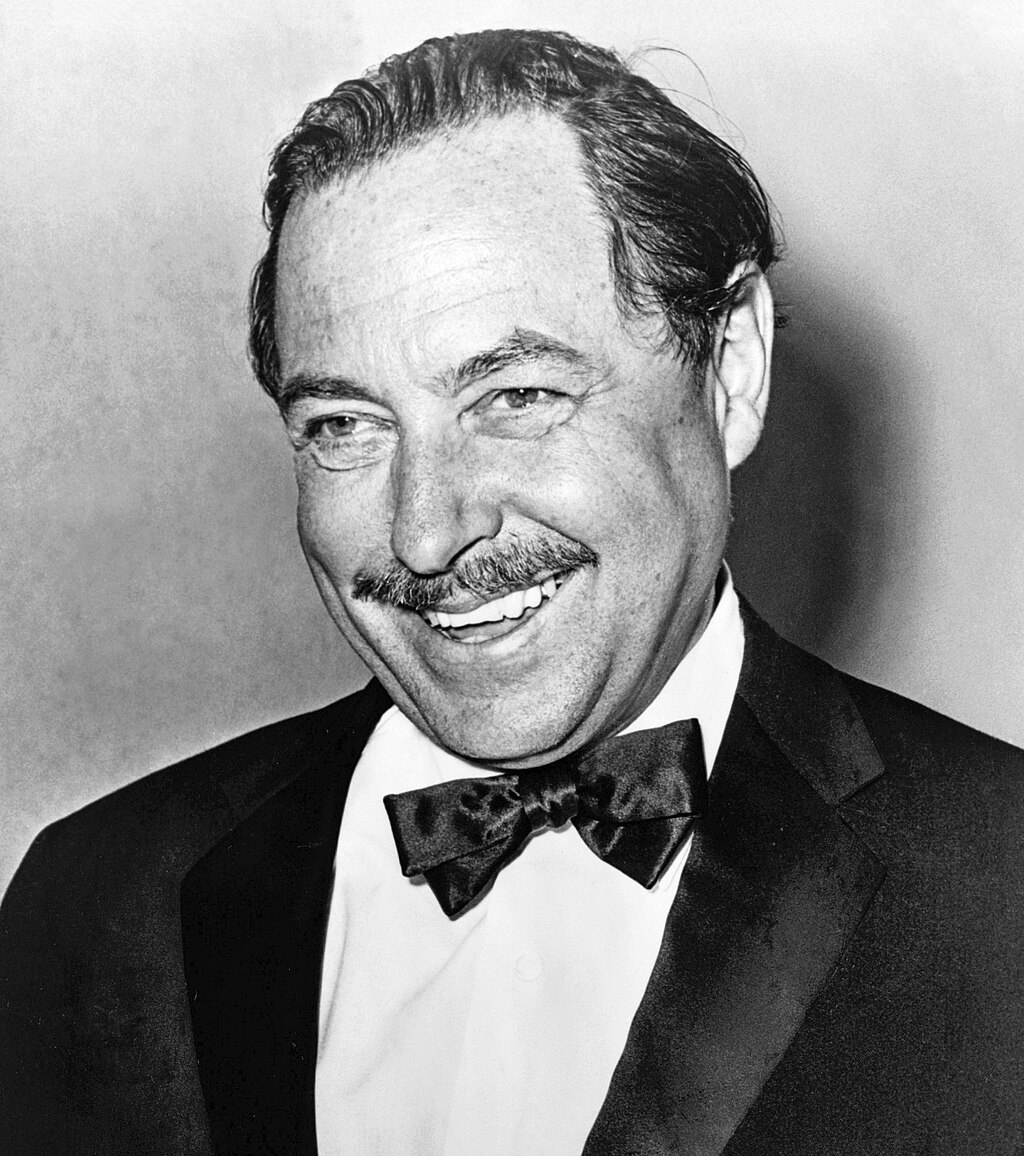
3. Mario Sanchez – The Folk Art Pioneer
One of Key West’s most beloved visual artists, Mario Sanchez, captured the island’s spirit through his signature painted wood carvings, which vividly depict the daily lives of Cuban and Bahamian immigrants. Born in Key West in 1908, Sanchez was a self-taught artist who drew inspiration from the people, traditions, and architecture of his hometown, preserving scenes of cigar makers, street vendors, parades, and neighborhood gatherings. His work serves as a nostalgic and invaluable cultural archive, offering a glimpse into the island’s past with humor, warmth, and meticulous detail.
Unlike many artists who seek fame beyond their hometowns, Sanchez remained deeply rooted in Key West, often working from his modest home on Windsor Lane. His carvings, made from cedar wood and painted in bright, inviting colors, celebrate the simplicity and charm of Old Key West, a world that was rapidly changing around him. Today, his legacy is honored through exhibits at the Key West Art & Historical Society and prestigious institutions like the Smithsonian American Art Museum. His influence also lives on in the island’s artistic community, where his unique style continues to inspire new generations of folk artists.
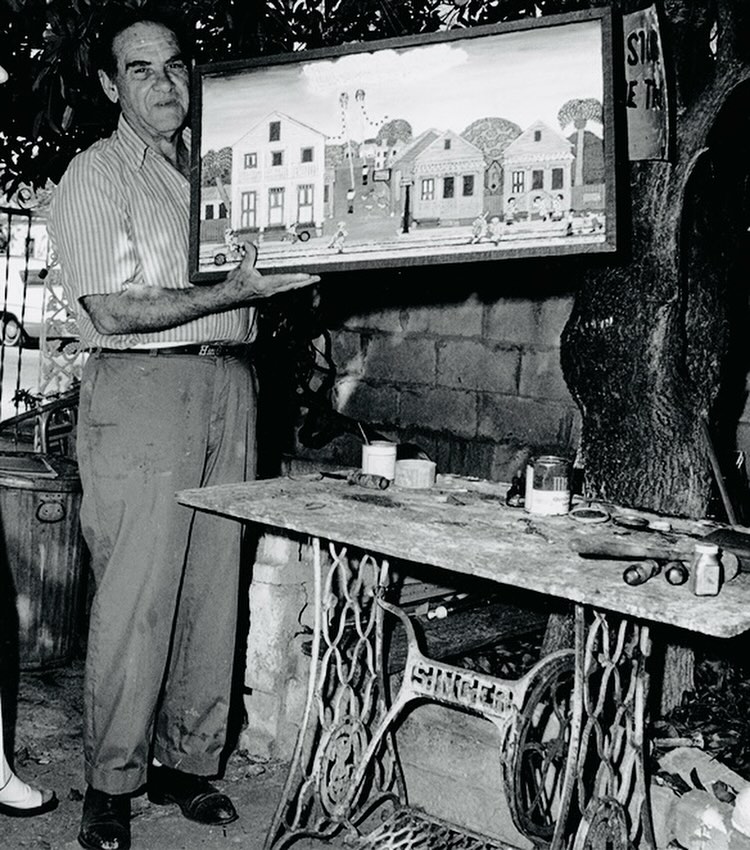
4. Judy Blume – Bestselling Author & Literary Advocate
Though not originally from Key West, Judy Blume has become an integral part of its literary scene, blending her celebrated career with a passion for fostering a love of reading in the community. The award-winning author of Are You There God? It’s Me, Margaret and Summer Sisters made the island her home, drawn to its creative energy and welcoming atmosphere. Beyond being a bestselling writer, Blume has embraced the role of literary advocate, supporting aspiring authors and championing the importance of independent bookstores in an era of mass-market publishing.
Her biggest contribution to Key West’s literary culture is Books & Books Key West, the independent bookstore she co-founded, which has become a hub for both readers and writers. The store not only provides a curated selection of literature but also hosts readings, book signings, and discussions featuring world-class authors. Blume remains an active force in the local arts community, working to ensure that storytelling thrives in Key West for generations to come. Whether mentoring young writers or engaging with visitors at the bookstore, she continues to shape the island’s cultural landscape with the same warmth and authenticity found in her novels.

5. Robert the Doll – The Island’s Creepiest Artistic Muse
Not all artists are human—sometimes, art takes on a life of its own. Robert the Doll, one of Key West’s most infamous and enigmatic figures, began as a handmade creation by the Steiff Company in the early 1900s. Given to local artist Robert Eugene Otto as a child, the doll became more than just a toy—it was a lifelong companion that Otto treated as a living entity, dressing it in a sailor suit and speaking to it as if it had a mind of its own. Over the years, eerie tales of the doll’s supernatural abilities spread through Key West, with stories of strange laughter, shifting expressions, and unexplained misfortunes befalling those who disrespected it.
Despite his origins as a simple plaything, Robert has evolved into a significant figure in Key West’s folklore, inspiring filmmakers, writers, and paranormal investigators. His presence at the Fort East Martello Museum continues to captivate visitors, many of whom leave letters apologizing for any offense they may have caused the doll. Beyond his reputation for the supernatural, Robert’s legacy endures as a piece of living folk art—an artifact that blurs the line between legend and reality, transforming Key West’s cultural landscape with his mysterious and unsettling presence.
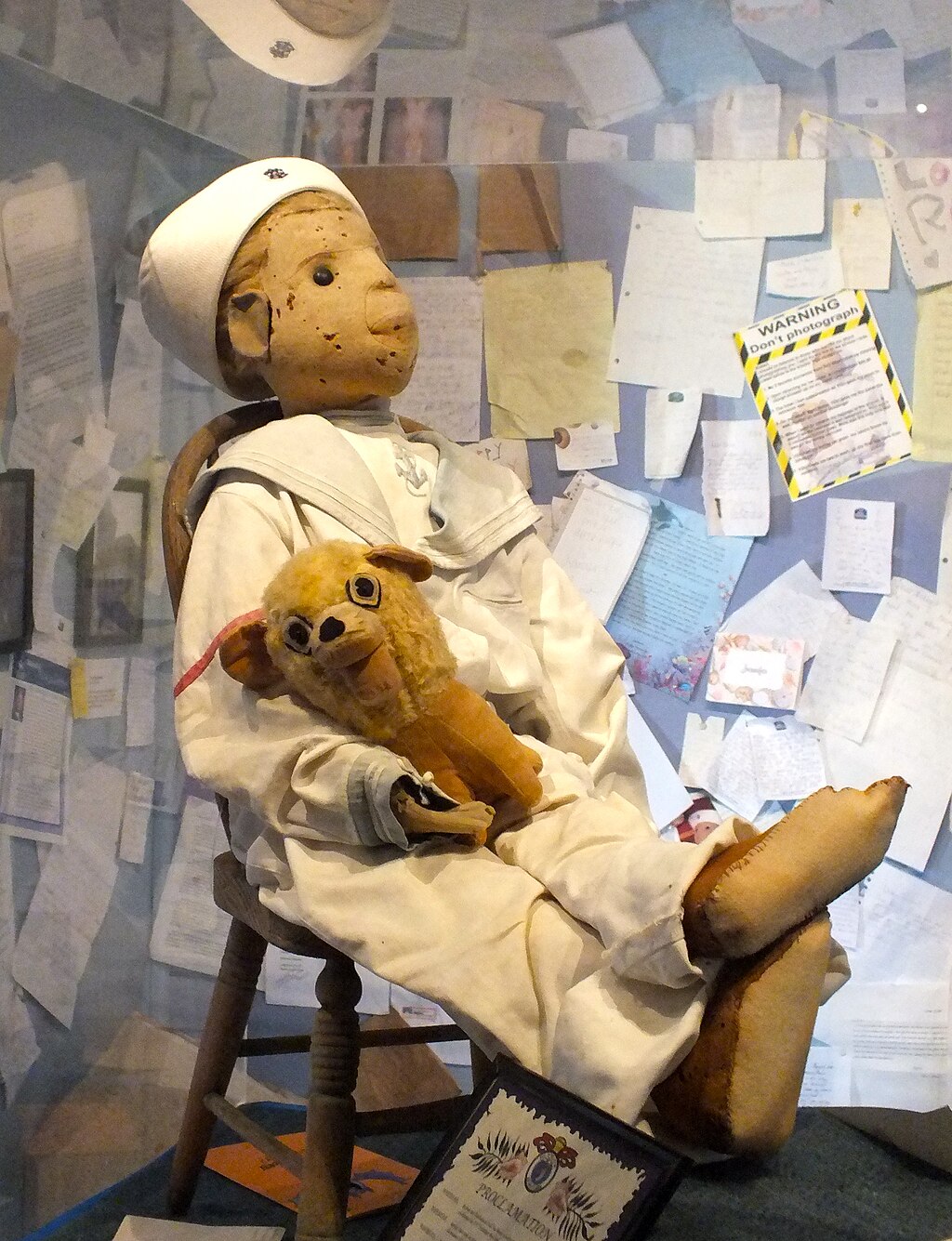
6. Peter Vey – The Painter of Paradise
Contemporary painter Peter Vey has become one of Key West’s most recognizable artists, known for his vivid, impressionistic interpretations of the island’s landscapes. His bright, sun-drenched canvases capture the relaxed beauty of Key West, from swaying palms and turquoise waters to charming conch houses bathed in golden light. With a distinct style that blends loose brushstrokes with bold color, Vey transforms everyday island scenes into dreamlike visions, evoking both nostalgia and serenity.
His work is prominently displayed in local galleries, where it has become a defining element of Key West’s artistic identity. Collectors and art lovers alike seek out his pieces, drawn to the way he conveys the essence of island life with a sense of warmth and movement. Beyond his paintings, Vey remains an active presence in the Key West arts community, contributing to the city’s creative legacy and inspiring future generations of artists who call the island home.
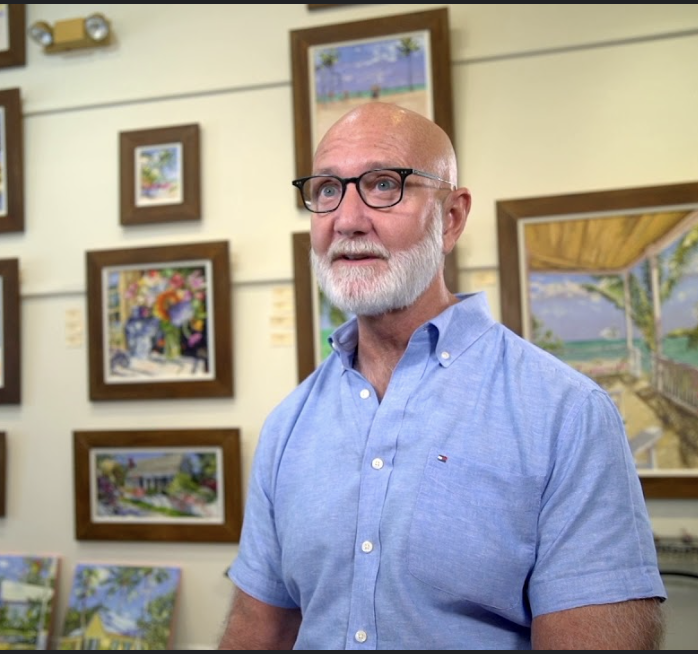
7. The Music of Jimmy Buffett – Key West’s Soundtrack
No discussion of Key West artists would be complete without mentioning Jimmy Buffett, the musician who transformed the island’s easygoing lifestyle into a global phenomenon. Arriving in Key West in the early 1970s, Buffett found inspiration in the island’s free-spirited atmosphere, blending folk, rock, and country influences to create his signature “Gulf and Western” sound. His iconic hits like Margaritaville and Changes in Latitudes, Changes in Attitudes capture the essence of island escapism, resonating with dreamers and beach lovers worldwide.
Buffett’s legacy is woven into the fabric of Key West’s culture, from the lively music venues along Duval Street to the tiki bars and waterfront hangouts that embody the relaxed, carefree attitude he made famous. His influence extends beyond music, shaping the identity of Key West as a place where time slows down and life is meant to be enjoyed. Even after his passing, his spirit lives on through annual Parrot Head gatherings, local festivals, and the enduring presence of his songs, which continue to define the island’s soundtrack.

8. Elizabeth Bishop – The Poetic Observer
Pulitzer Prize-winning poet Elizabeth Bishop found solace and inspiration in Key West during the 1930s and ‘40s, a period that deeply influenced her work. Drawn to the island’s unhurried pace and striking natural beauty, she observed the world around her with meticulous attention, transforming everyday moments into evocative poetry. Her time in Key West produced some of her most celebrated works, where the rhythms of the ocean, the charm of conch houses, and the quiet dignity of island life found their way into her verses.
Poems like The Fish, written during her years in the Keys, showcase her fascination with the natural world and her ability to capture fleeting moments with extraordinary precision. Her work remains an essential part of Key West’s literary legacy, influencing generations of poets and writers drawn to the island’s creative energy. Today, Bishop’s presence lingers in the very landscapes she once described, a testament to how deeply she wove Key West’s imagery into American poetry.
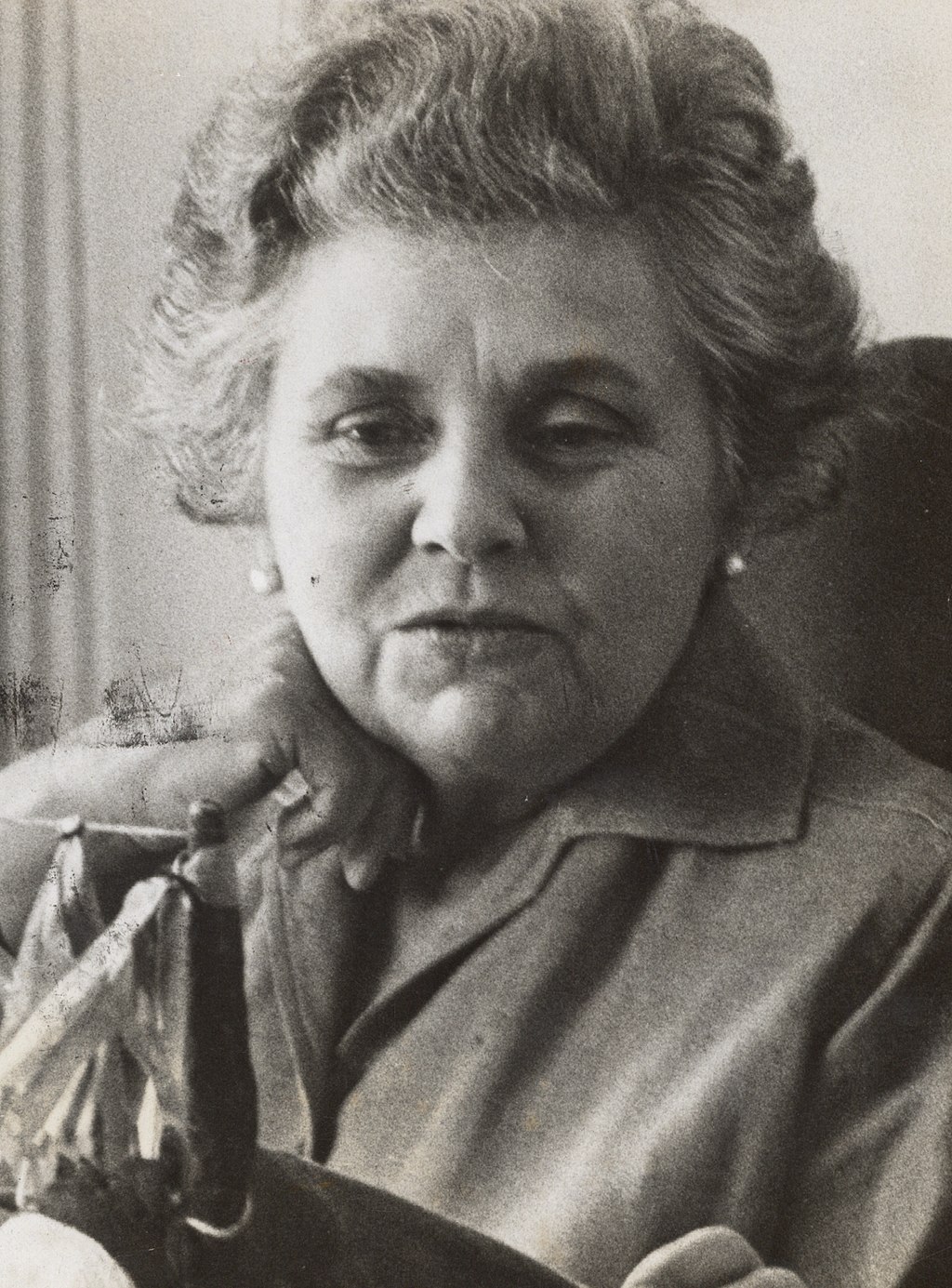
9. John James Audubon – The Ornithological Artist
While not a permanent resident, the legendary naturalist and painter John James Audubon left an enduring mark on Key West’s artistic and environmental legacy. Visiting the island in 1832, he meticulously documented its diverse bird species for his groundbreaking Birds of America collection, capturing the delicate beauty of the region’s avian life with unparalleled precision. His illustrations not only showcased the splendor of Key West’s natural landscape but also played a vital role in fostering a broader appreciation for wildlife conservation.
Today, his influence lives on at the Audubon House & Tropical Gardens, a historic landmark that honors both his artistic achievements and his commitment to preserving nature. The house, though built after Audubon’s visit, offers a glimpse into 19th-century Key West and features reproductions of his famous bird illustrations. Surrounded by lush gardens teeming with native flora, the site stands as a tribute to Audubon’s ability to merge art and science, ensuring that Key West’s natural beauty remains an integral part of its cultural identity.
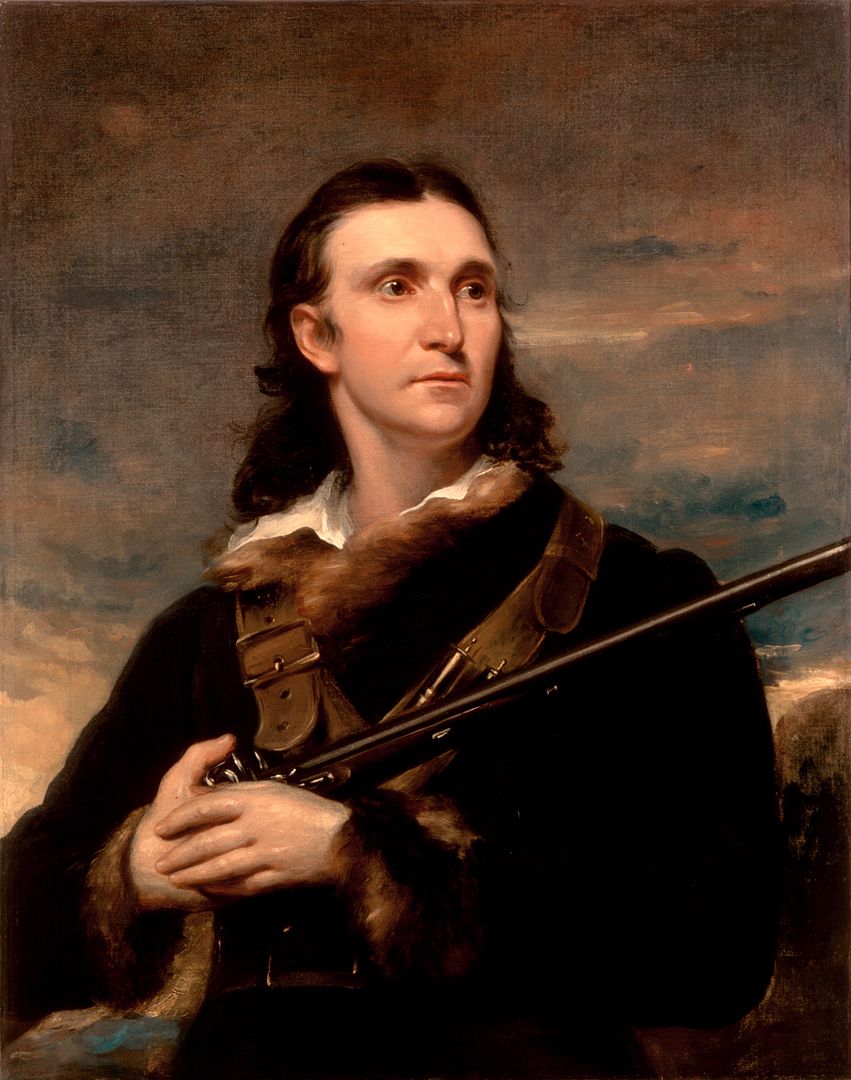
10. Henry Flagler – The Visionary Architect of Key West’s Transformation
Although primarily known for his railroad empire, Henry Flagler played a crucial role in shaping Key West’s artistic and cultural landscape. His vision for the Overseas Railroad, completed in 1912, connected the island to the mainland for the first time, bringing an influx of artists, writers, and visionaries who found inspiration in Key West’s tropical beauty. This newfound accessibility helped establish the city as a cultural hub, fostering an artistic community that continues to thrive today.
Flagler’s influence extends beyond transportation—his impact is still visible in Key West’s historic architecture, particularly in the grand hotels and structures built during Florida’s early tourism boom. The Casa Marina Hotel, one of Flagler’s railroad-era luxury resorts, remains a testament to his vision, offering a glimpse into the elegance and ambition that helped shape Key West’s identity. Though the railroad was ultimately destroyed by the 1935 Labor Day Hurricane, Flagler’s contributions laid the foundation for the island’s development, ensuring that Key West would remain a vibrant destination for artists, writers, and cultural enthusiasts for generations to come.
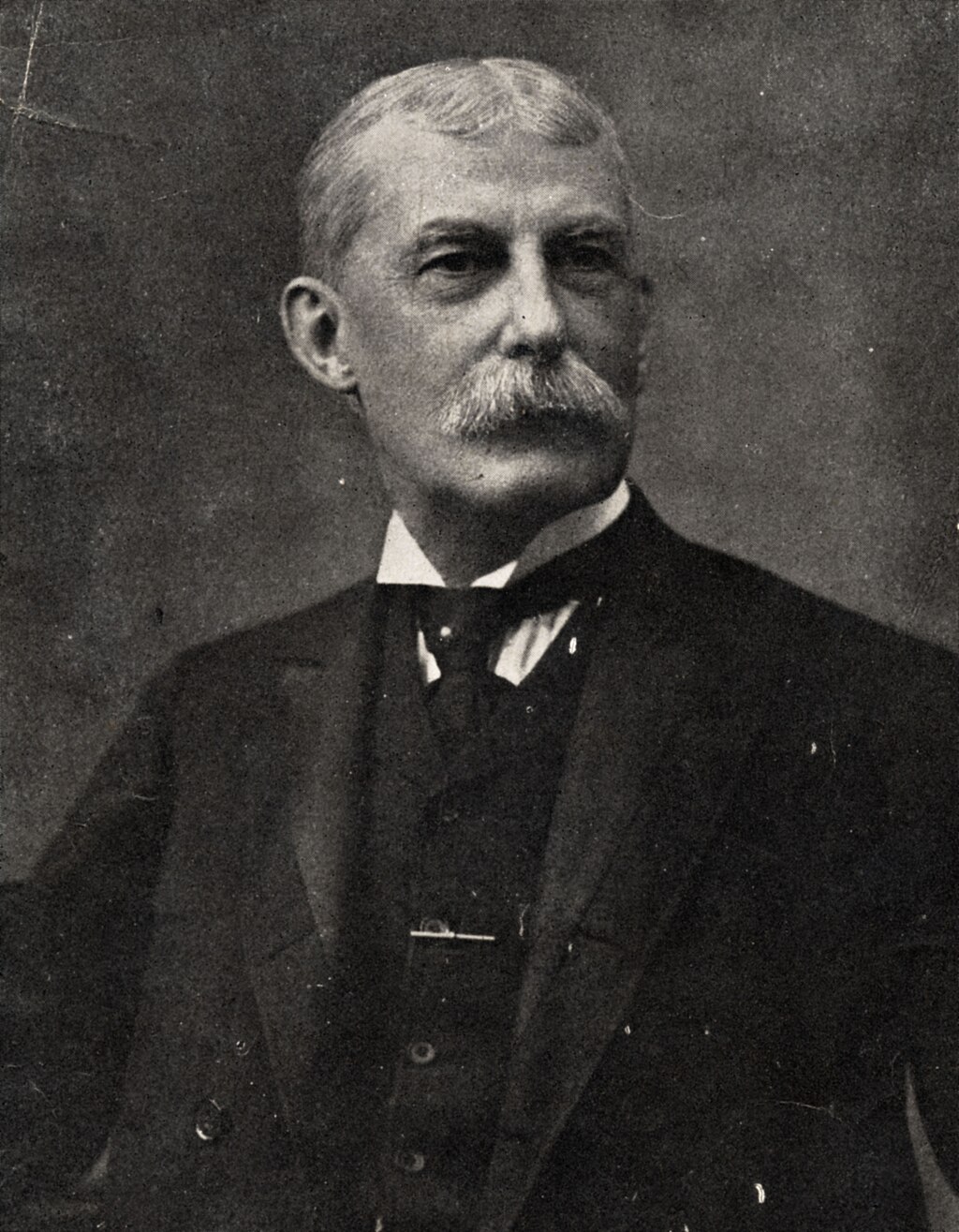
11. Guy Harvey – The Marine Artist
Though not exclusively based in Key West, marine artist and conservationist Guy Harvey has played a significant role in capturing and preserving the spirit of the Florida Keys through his vibrant depictions of ocean life. His striking artwork, featuring marlins, sea turtles, and other marine creatures in their natural habitats, reflects his deep passion for the sea and its ecosystems. Blending scientific accuracy with artistic expression, Harvey’s work has helped foster a greater appreciation for Key West’s marine biodiversity, making him a key figure in the region’s artistic and environmental movements.
Beyond his artistic contributions, Harvey’s impact extends into conservation. Through the Guy Harvey Ocean Foundation, he has supported marine research, habitat restoration, and educational initiatives aimed at protecting the delicate balance of Florida’s coastal waters. His artwork, often seen in galleries, apparel, and public murals, serves as both a celebration of marine life and a call to action for ocean preservation. In Key West, his legacy continues to inspire both artists and conservationists, ensuring that the beauty he captures on canvas remains a reality for future generations.
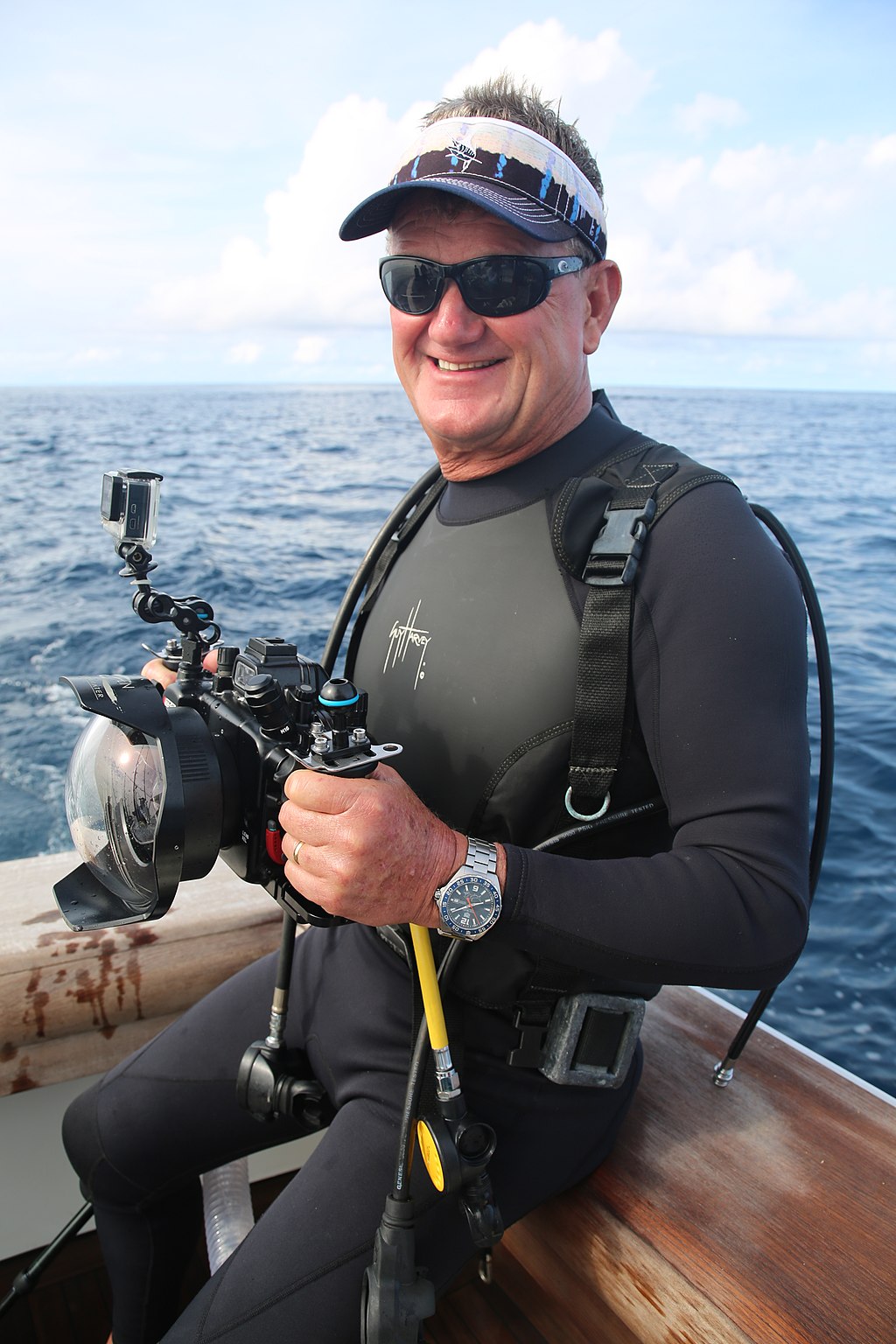
12. David Wegman – The Bohemian Icon
A true local legend, artist and musician David Wegman has spent decades immersing himself in Key West’s vibrant, bohemian culture, leaving an unmistakable artistic imprint on the island. Known for his colorful paintings, murals, and found-object sculptures, Wegman’s work reflects the free-spirited, eclectic nature of Key West itself. His pieces, often infused with humor and a sense of adventure, capture the island’s lively streets, maritime heritage, and quirky charm, making him one of the most recognizable artists in the area.
Wegman is as much a part of the Key West experience as the art he creates. Whether painting, sailing, or playing music, he embodies the island’s laid-back ethos, inspiring both locals and visitors with his unconventional lifestyle and artistic vision. His work can be spotted in galleries, tucked into hidden corners of the island, or even on the sides of boats, blending seamlessly into the creative landscape of Key West. As a fixture of the community, Wegman’s legacy is not just in the art he leaves behind but in the spirit of artistic freedom and adventure he continues to inspire.
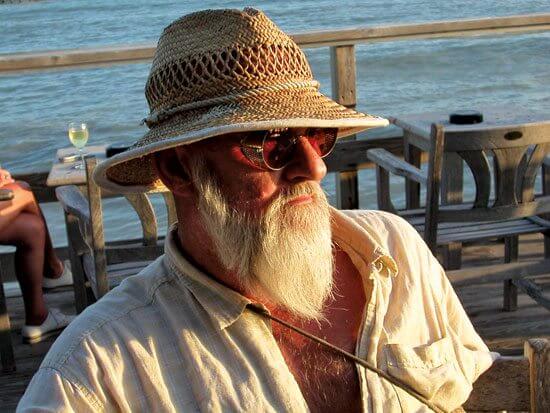
The Artistic Heart of Key West Lives On
Key West isn’t just a place on the map—it’s a state of mind, a creative refuge where artists, writers, and dreamers have long come to escape, create, and leave their mark. The island's artistic legacy still pulses through its galleries, theaters, and streets, shaping its vibrant culture today. Whether you’re exploring Hemingway’s old haunts, soaking in the colors of a Vey painting, or swaying to the rhythms of Buffett’s music, you’re experiencing the magic of Key West’s artistic soul—a legacy that continues to inspire and evolve.
Similar Posts

How to Live a More Cultural Lifestyle: Everyday Choices That Enrich Your World

Mother’s Day 2025 in Miami : Celebrate with Culture, Creativity, and Experiences She’ll Love
Recent Posts
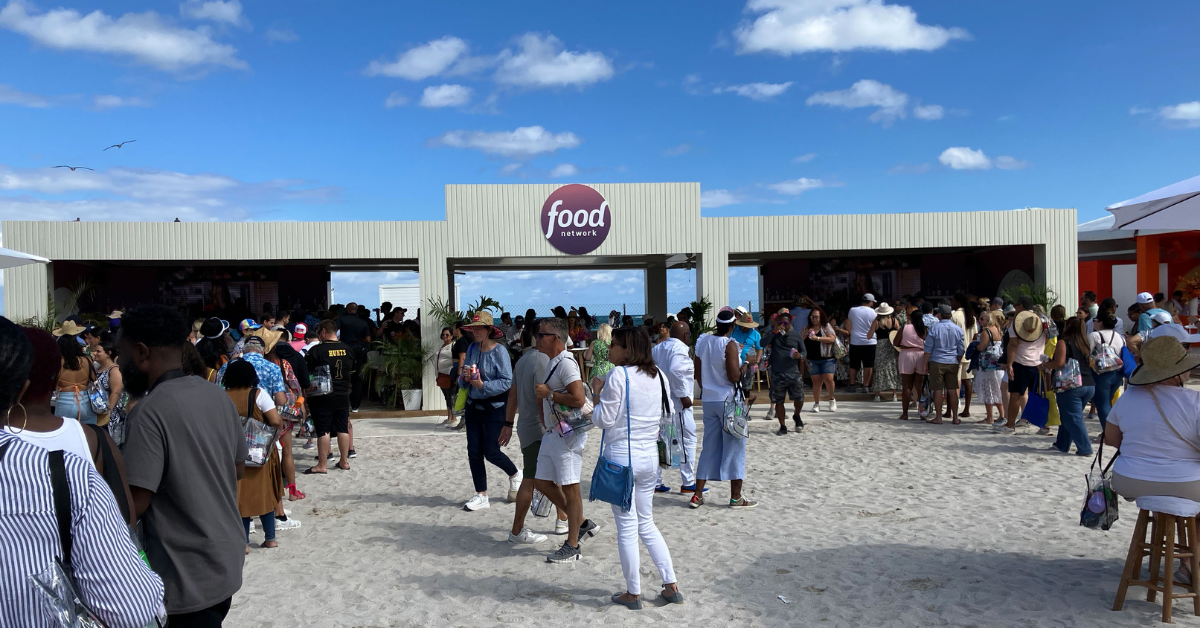
Savoring Every Mouth-Watering Minute of SOBEWFF
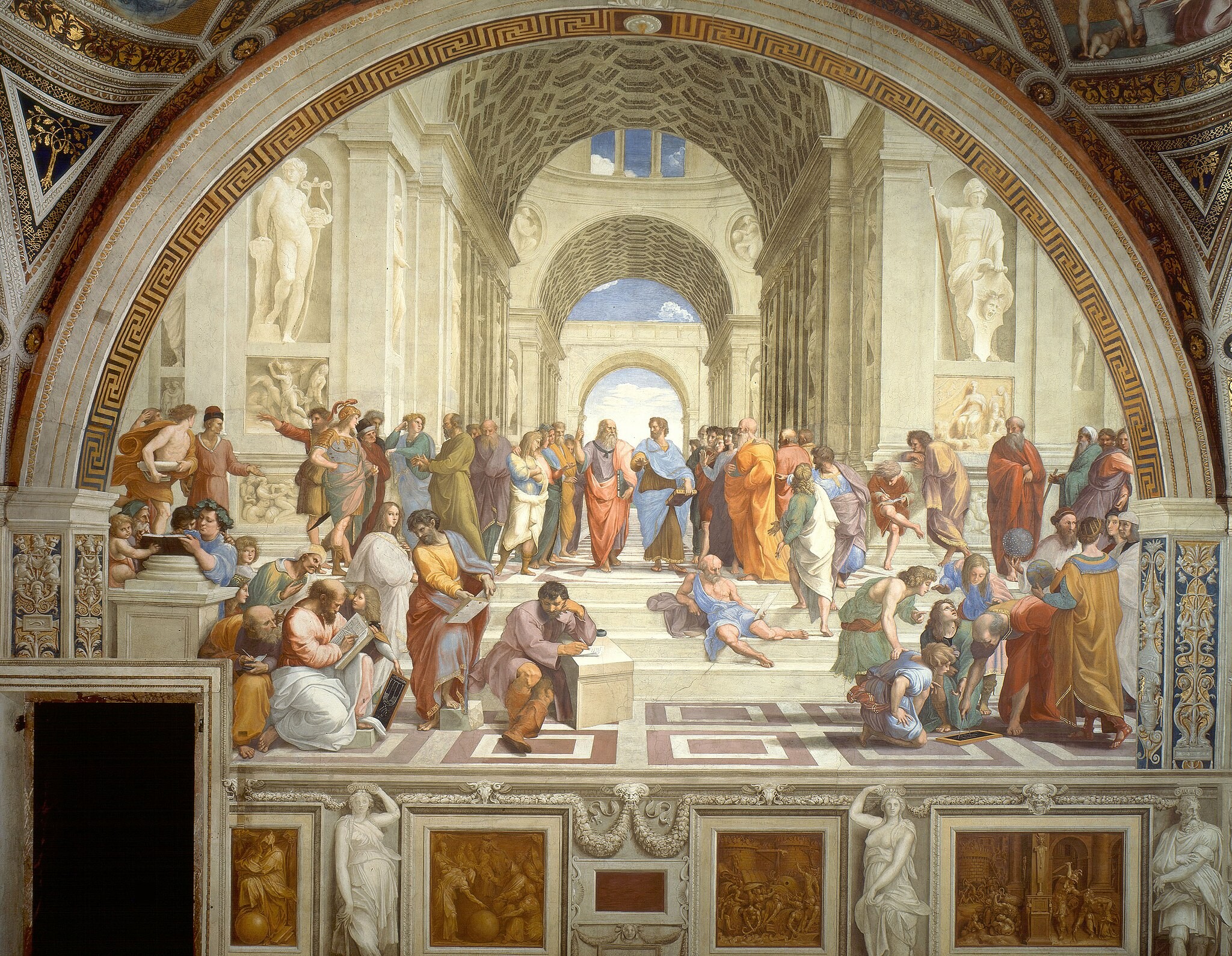
30 Revolutionary Artworks That Shaped History

The South Florida Theatre League Announces the Recipients of the 2025 Remy Awards
